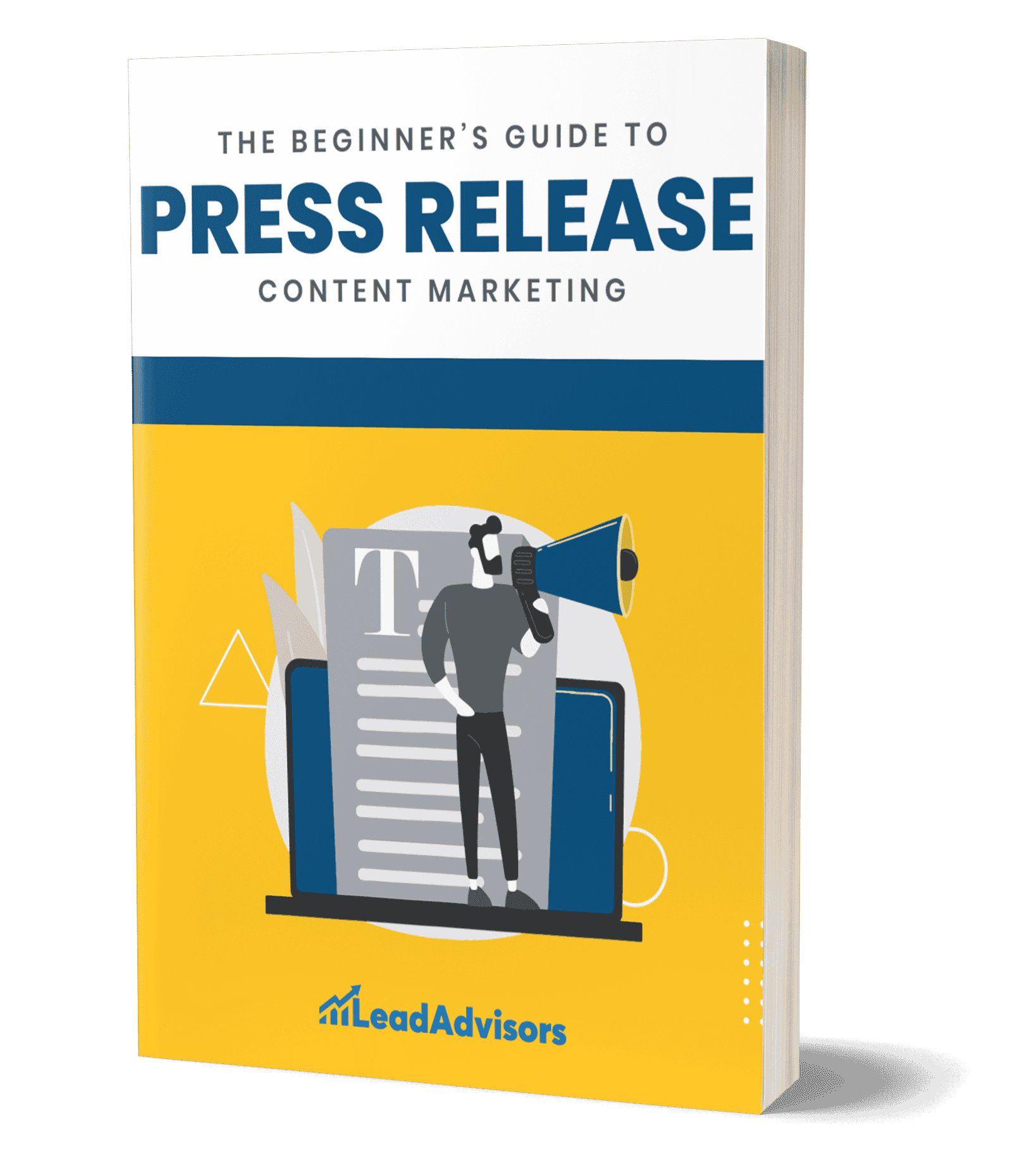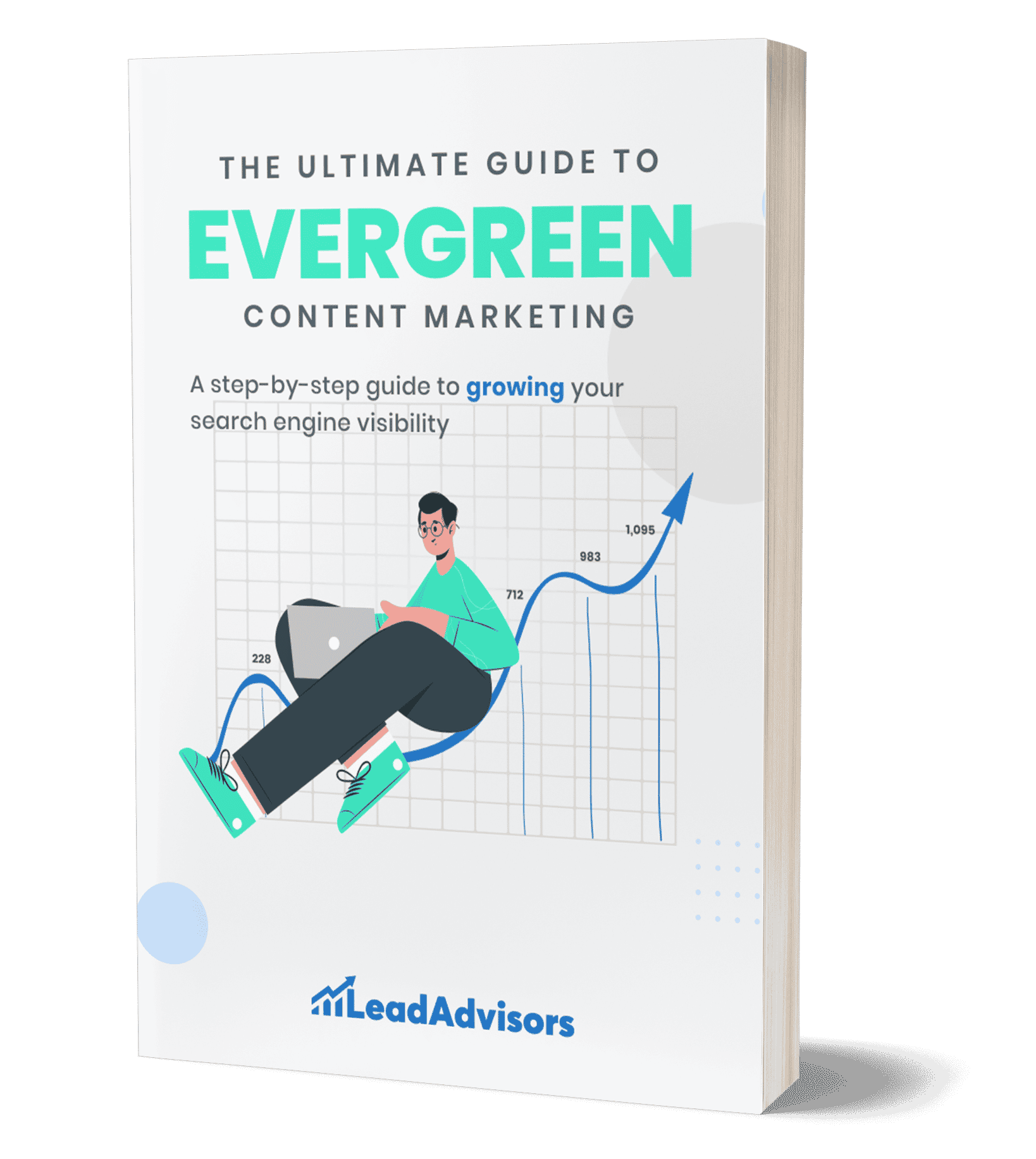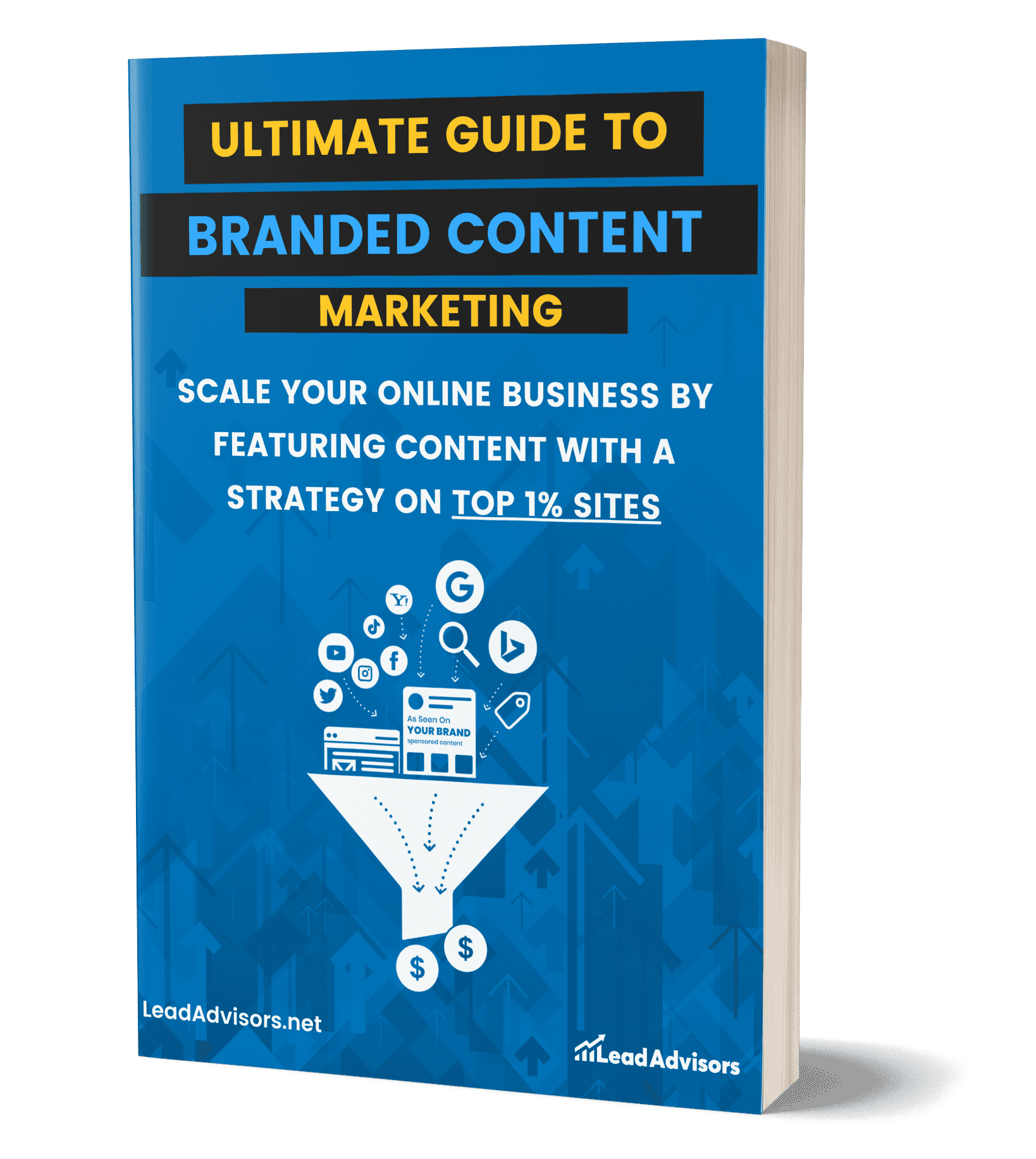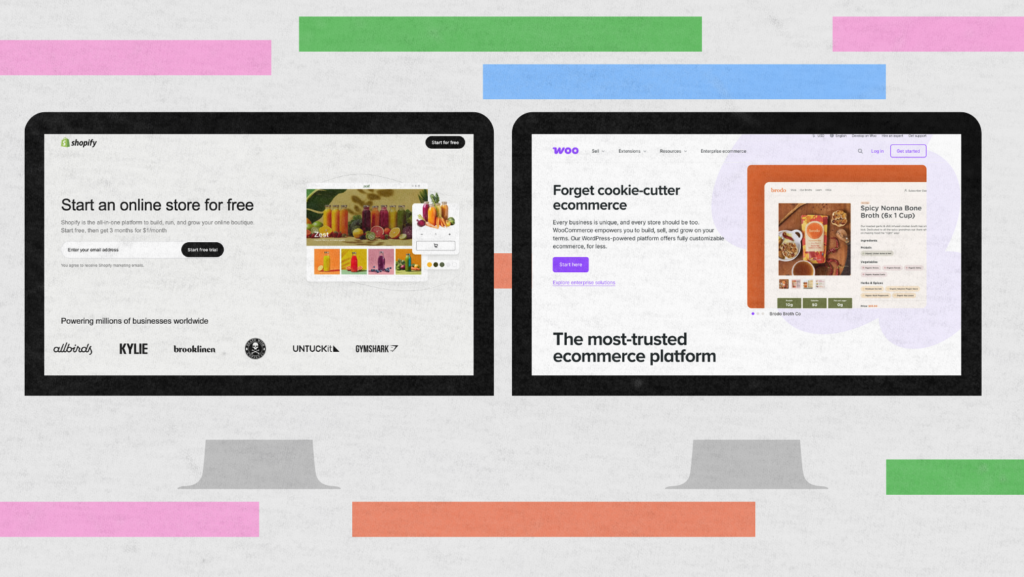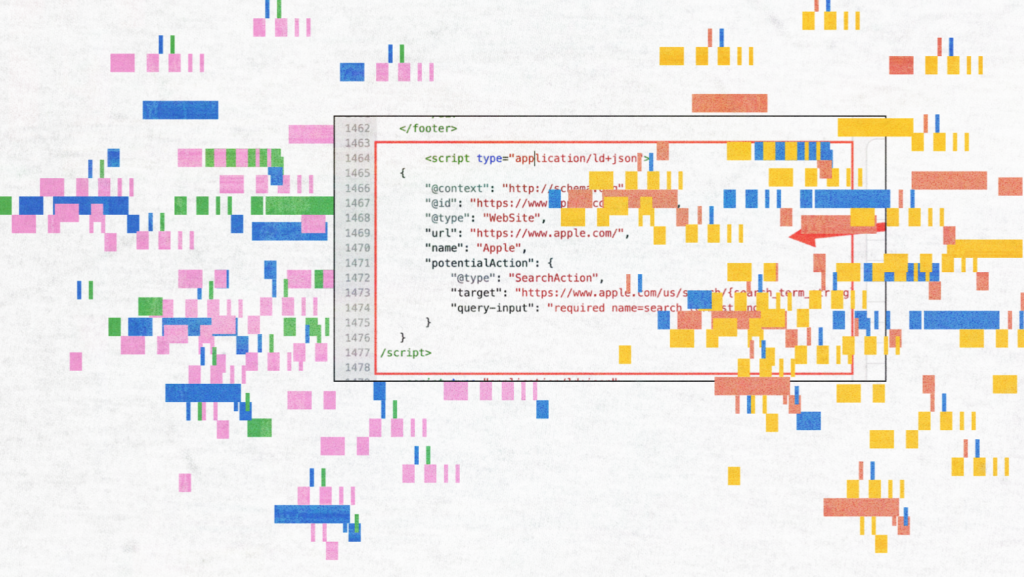Pay-per-click software together with ppc tools are a growing concern for the digital advertising world that keeps changing very fast. Cost-per-clicks of an average kind are still going up, and platforms are competing with each other more and more; however, what is mostly changing the game is the fact that automation and AI are the ones that are reshuffling the ways in which campaigns are managed, thus, manual PPC management software tools and legacy workflows are out of the question.
For businesses running Google Ads campaigns, Microsoft Advertising campaigns, or multi-channel ad campaigns, utilizing the proper PPC management software is crucial for achieving the key benefits of efficiency, scale, and performance.
To illustrate: according to benchmark data, the average CPC across search campaigns in 2025 is approximately US $5.26. At the same time, around 75 % of marketers report using some form of automation tools in their advertising workflows. These numbers make it clear: when ad spend is increasing and the complexity of ppc campaigns is growing, relying on basic self-managed campaigns without sophisticated campaign optimization, attribution, or automation is riskier than ever.
TL;DR
- What exactly do we mean by ppc tools, and how do they support every stage of a ppc campaign management workflow (from keyword research and bid management to reporting and fraud protection)
- The core benefits of deploying specialized ppc management software, especially as campaigns span search, social, shopping, and other ad platforms
- A breakdown of the major types of software (from campaign & bid management tools to reporting & dashboard tools, click fraud & security tools, and more)
- The best tools for 2025 in each category (based on scale, budget, use-case, and integration needs)
- How to build the correct software stack according to your money, business type, and campaign complexity
- Main points for deciding on a tool (integration, extent of automation, user-friendliness), along with the getting-ready-for-the-future elements (AI, cross-platform attribution, the cookieless-future)
- Examples of errors that have happened in the past and should not be repeated in reality when you are setting up ppc software so that your spending on tools brings you real returns
What Is Pay-Per-Click Software?
Pay-per-click (PPC) software is built to make managing ppc campaigns easier, smarter, and faster. Instead of juggling manual edits across ad platforms like Google, Microsoft, and Meta, these ppc tools automate the heavy lifting—think bid adjustments, keyword research, budget pacing, and detailed performance reports.
Modern ppc management software often goes beyond basic campaign tweaks. It uses AI and predictive analytics to identify underperforming ads, recommend better keywords, and even adjust bids in real time. Most tools also integrate with Google Analytics and Google Sheets, giving marketers one clear view of what’s driving clicks and conversions.
In 2025, the best ppc management tools do three things exceptionally well:
- Automate repetitive work like bid management and reporting.
- Improve accuracy in targeting, tracking, and attribution.
- Scale campaigns across multiple ad platforms without losing control of performance or budget.
Put simply, PPC software helps you spend less time clicking around dashboards and more time focusing on strategy, creative, and results.
Core Benefits of Using PPC Software

The right ppc management software does more than automate tasks — it makes your ad strategy smarter, faster, and more profitable. Whether you’re handling a single account or managing clients across multiple ad platforms, these tools help you get more from every dollar of ad spend.
Here’s what you gain:
1. Save Time with Automation and Bulk Editing
Manual tweaks drain hours. With ppc automation tools, you can set up smart rules for bids, budgets, and even ad scheduling. Platforms like Optmyzr or Skai handle repetitive updates automatically, freeing you to focus on higher-level campaign strategy.
2. Improve Targeting and Bidding Accuracy
AI-powered ppc optimization tools learn from performance data to adjust targeting, keywords, and bids faster than any human could. This means your campaigns stay competitive — even when CPCs shift or competitors change tactics.
3. Enable Data-Driven Decision-Making
With integrated Google Analytics and reporting tools, you get clear visibility into what’s working. You can track clicks, conversions, and ROI without switching between tabs or spreadsheets. Some ppc reporting tools even sync directly with Google Sheets to make collaboration seamless.
4. Eliminate Waste and Click Fraud
Click fraud eats up a surprising chunk of ad budget. Using specialized PPC tools like CHEQ Essentials or ClickGuard, you can block fake traffic and keep your budget focused on real users who might actually convert.
5. Enhance Collaboration and Client Reporting
For agencies juggling multiple ppc campaigns, reporting dashboards like ReportGarden or Swydo simplify life. They automate weekly updates, visualize performance metrics, and even support white-label reporting for clients.
6. Scale Campaigns Across Channels
From Google Ads to Meta, Bing, and Amazon, modern ppc management tools help you manage everything in one place. You can launch, test, and monitor ad performance across different networks — without logging in and out of separate accounts.
In short, PPC software acts like your campaign co-pilot — automating the routine, surfacing insights, and keeping every ad dollar accountable.
Types of PPC Software
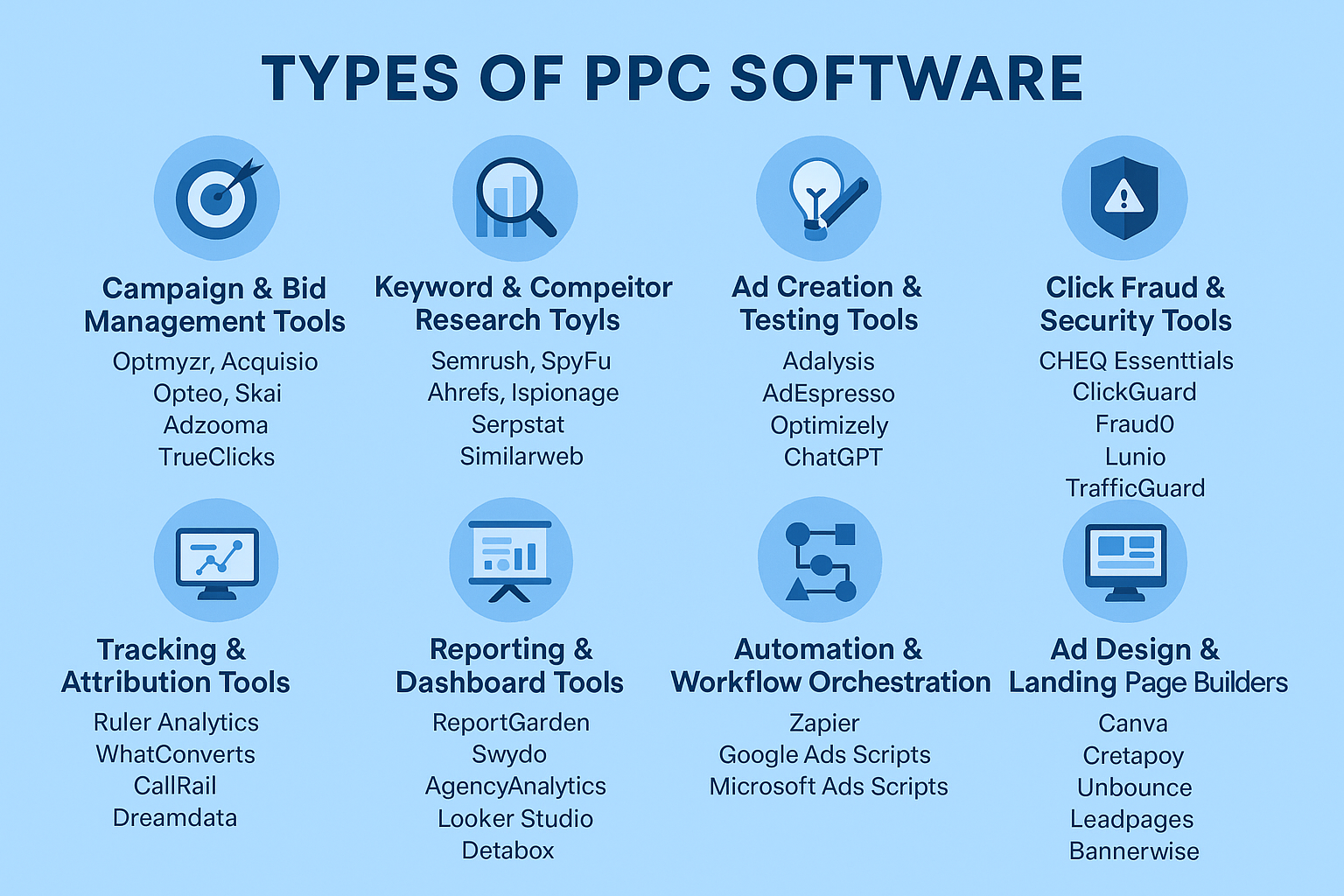
Every marketer’s toolkit looks a little different — and that’s the beauty of ppc management software. You can mix and match the best ppc tools to match your goals, team size, and ad platforms. Some help you automate bids, others focus on insights, creative testing, or preventing wasted ad spend.
Let’s break down the main categories and highlight where each one shines.
1. Campaign & Bid Management Tools
These are the command centers for your ppc campaigns. They help you set rules for bidding, budgets, and pacing across accounts, so you’re not constantly adjusting numbers manually.
Top picks: Optmyzr, Acquisio, Opteo, Skai (Kenshoo), Adzooma, TrueClicks
Why they matter: They save you from guesswork. Advanced tools like Optmyzr and Skai use AI to analyze patterns and adjust bids automatically, ensuring you never overspend or miss valuable impressions.
If you manage multiple Google Ads or Microsoft Advertising campaigns, these tools are the backbone of your daily operations.
2. Keyword & Competitor Research Tools
Think of these as your strategic scouts. They reveal what your competitors are bidding on, how they write their ad copy, and which keywords are driving conversions.
Top picks: Semrush, SpyFu, Ahrefs, iSpionage, Serpstat, Similarweb
Why they matter: They uncover search intent and keyword trends, helping you find high-value opportunities before your competition does. Many of them also integrate directly with google keyword planner and ppc research tools to streamline data collection.
3. Ad Creation & Testing Tools
Even the best targeting can fall flat with weak creative. These tools help you brainstorm, write, and test multiple versions of your ad copy to see what resonates most with your audience.
Top picks: Adalysis, AdEspresso, Optimizely, ChatGPT
Why they matter: You can A/B test headlines, CTAs, and visuals across ad platforms to consistently improve ad performance. Some even automate experiments and flag underperforming ads for review.
4. Tracking & Attribution Tools
You can’t optimize what you can’t measure. Tracking tools help you see exactly where your leads come from — and which clicks actually convert.
Top picks: Ruler Analytics, WhatConverts, CallRail, Dreamdata
Why they matter: They connect paid campaigns with CRM data, giving you full-funnel visibility. With Google Analytics integration, they ensure your reporting reflects the entire customer journey, not just top-of-funnel clicks.
5. Reporting & Dashboard Tools
No one wants to spend hours building spreadsheets. Reporting platforms automatically pull data from your ppc campaigns, visualize trends, and generate shareable dashboards.
Top picks: ReportGarden, Swydo, AgencyAnalytics, Looker Studio, Databox
Why they matter: They centralize performance tracking for agencies and in-house teams. Many offer white-label reporting and Google Sheets sync, making collaboration effortless.
6. Click Fraud & Security Tools
Click fraud is a silent profit killer — bots and fake users can drain thousands in ad budget before you even notice.
Top picks: CHEQ Essentials, ClickGuard, Fraud0, Lunio, TrafficGuard
Why they matter: These tools detect unusual activity and automatically block fraudulent clicks. They’re essential for high-volume advertisers who rely on accurate ad performance data.
7. eCommerce Feed Management Tools
If you’re running Google Ads or amazon ppc ads, product feed quality directly impacts ad visibility and conversion rates.
Top picks: Channable, AiHello, AdScale, DataFeedWatch, Feedonomics
Why they matter: They automatically update inventory, pricing, and product info across platforms, ensuring consistent data for all paid advertising campaigns.
8. Automation & Workflow Orchestration
Connecting tools together saves time and reduces errors. Automation platforms bridge the gap between ppc management tools, analytics, and CRM systems.
Top picks: Zapier, Google Ads Scripts, Microsoft Ads Scripts
Why they matter: They handle repetitive tasks — like pausing underperforming ads or pushing lead data to a CRM — without manual work. It’s the hidden layer of efficiency behind scalable campaign management.
9. Ad Design & Landing Page Builders
Even with perfect targeting, conversions depend on what users see after they click.
Top picks: Canva, Creatopy, Unbounce, Leadpages, Bannerwise
Why they matter: These platforms make it easy to create high-converting ppc landing pages and ad creatives that align perfectly with your offer. With drag-and-drop editors, you can launch polished designs in minutes without coding.
Best PPC Software by Category (2025 Edition)
The PPC tool market keeps growing fast, but here are the top performers worth your time and budget in 2025 — each one tested, trusted, and tuned for a specific need.
1. Best All-in-One PPC Suite → Semrush & Optmyzr
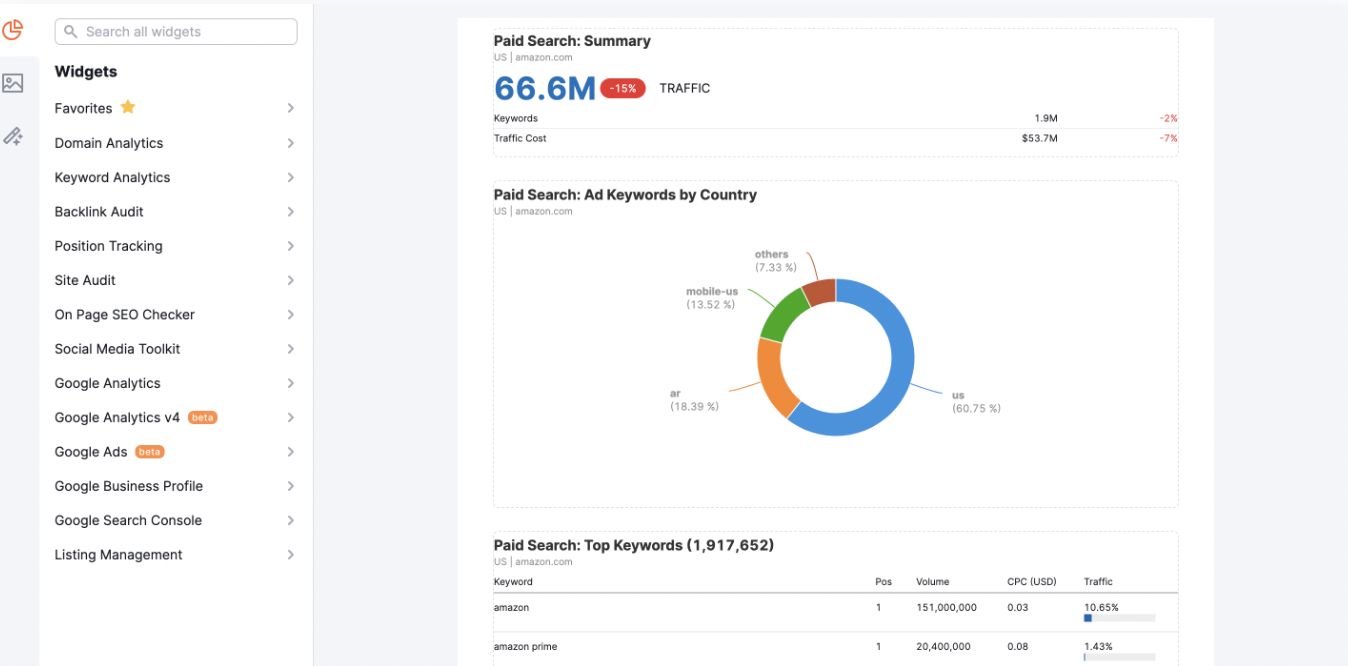
- Best for: Agencies and pros managing multiple clients.
These two combine everything you need: AI-driven bid rules, competitor analysis, keyword tracking, and cross-platform campaign management. - Key features: Automated optimization flows, multi-channel reporting, deep integration with Google and Microsoft Ads.
- Starting price: From $99 per month.
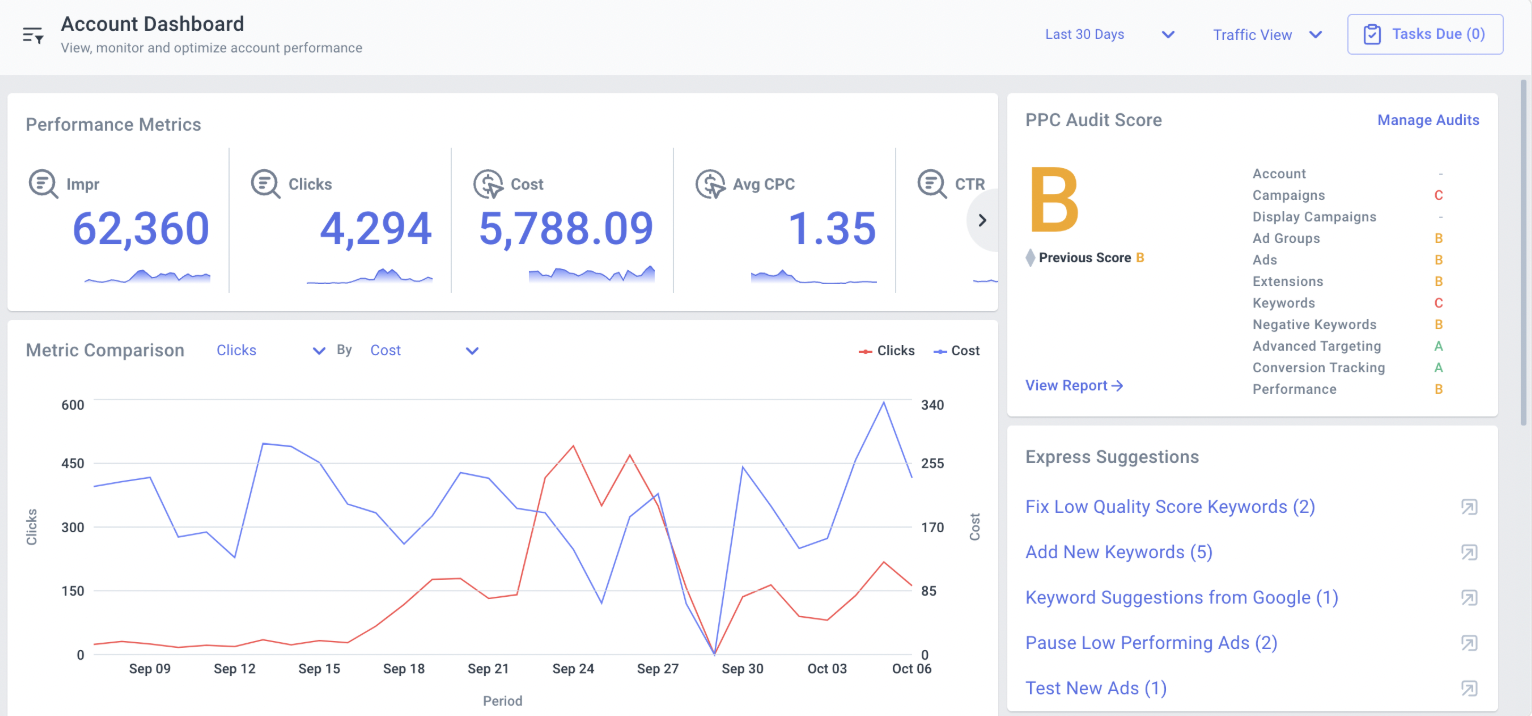
2. Best for Small Teams & Agencies → ReportGarden & Swydo
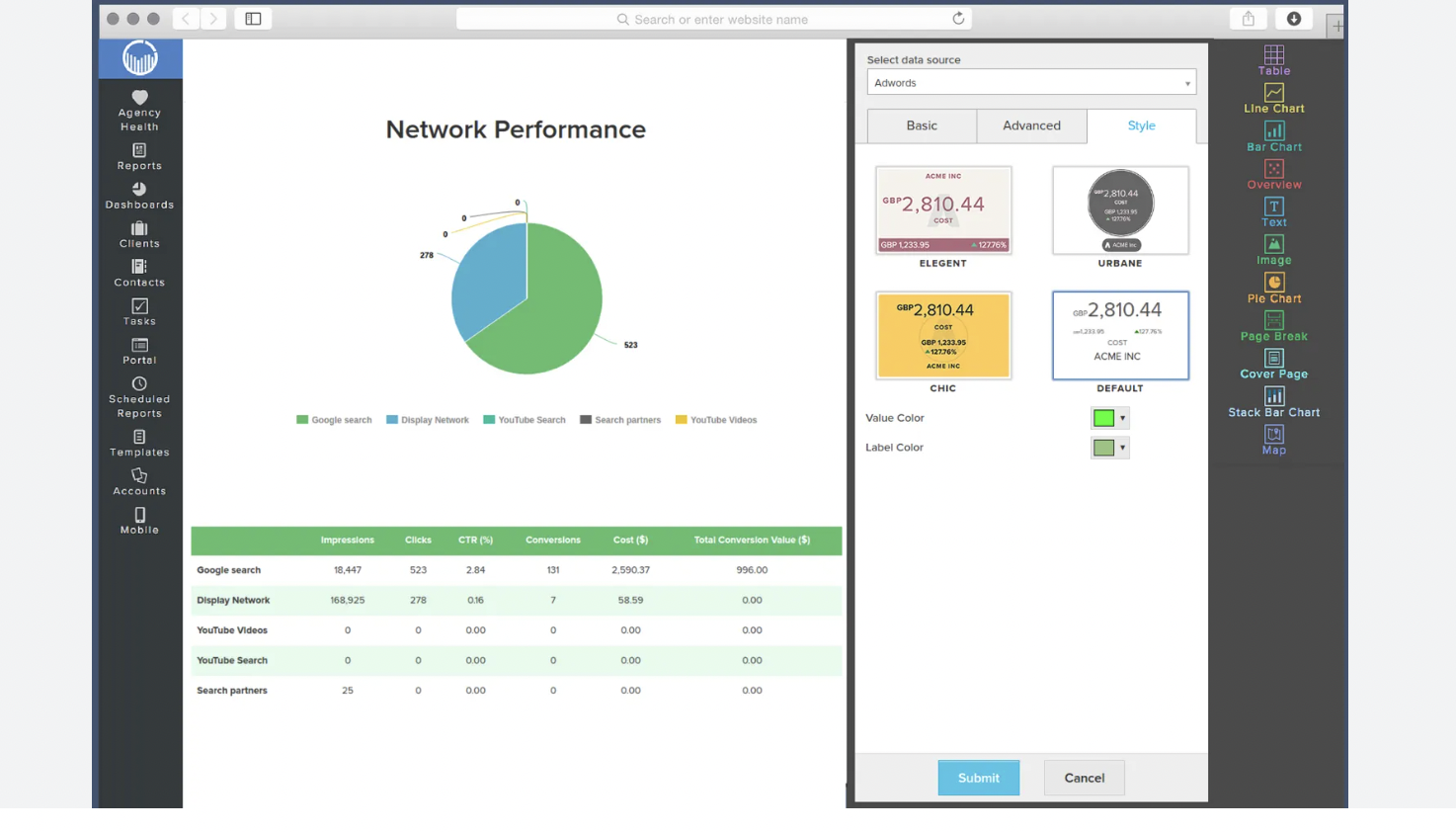
- Best for: Simplified reporting and time-saving automation.
These PPC reporting tools transform complex data into clean, white-label dashboards that clients love. - Key features include Custom KPIs, automated invoices, Google Sheets synchronization, and scheduled email reports.
- Starting price: From $75 per month.
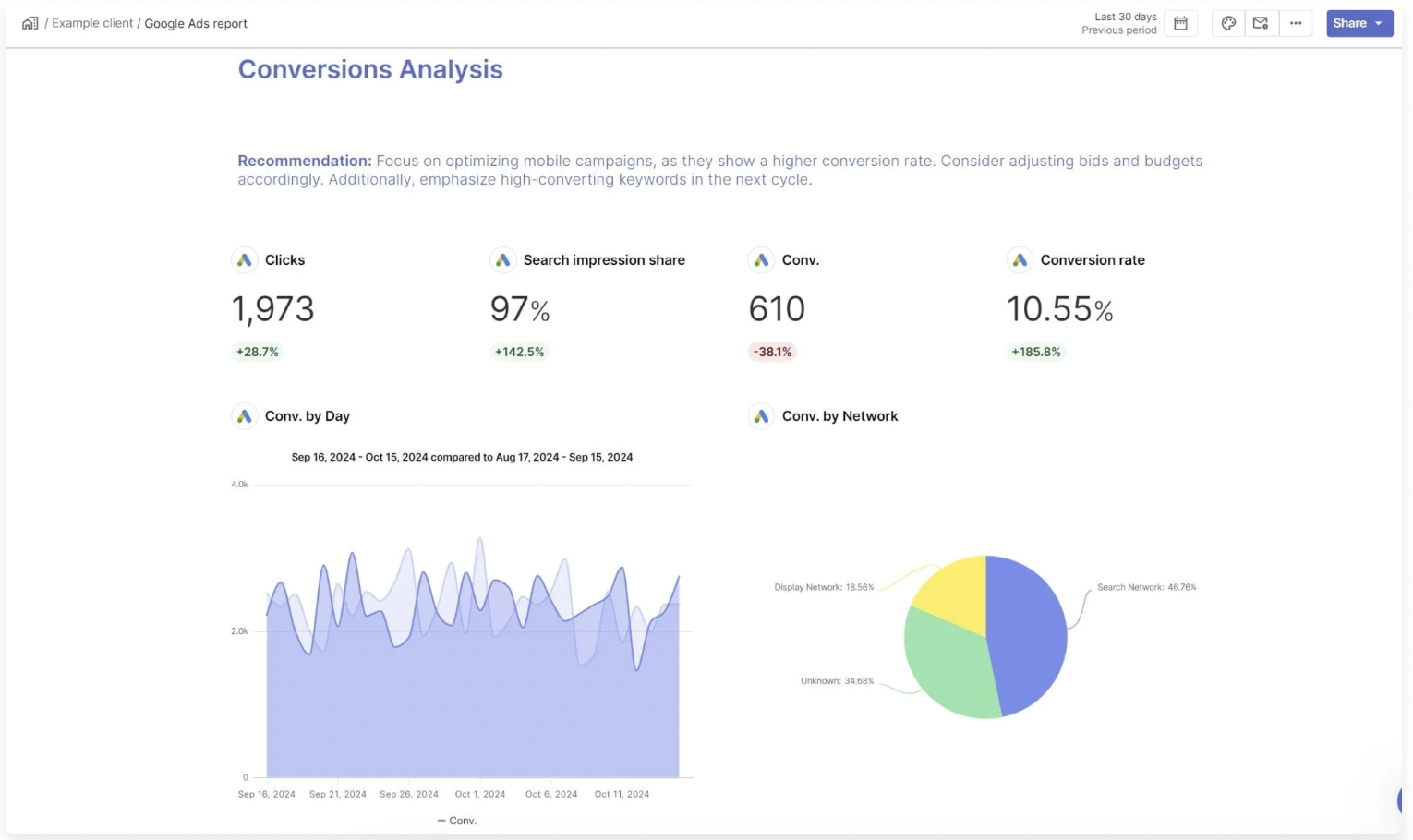
3. Best Enterprise Optimization Suite → Skai (Kenshoo) & TrueClicks
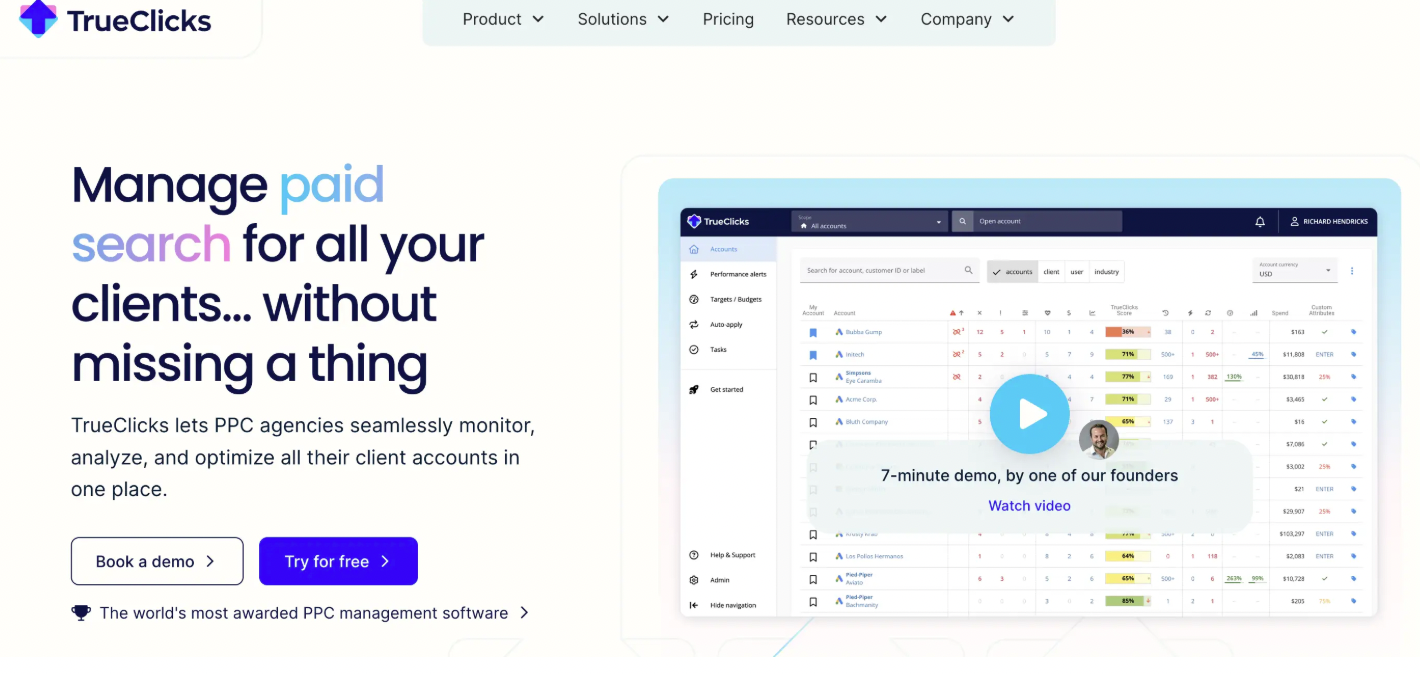
- Best for: Large-scale advertisers needing multi-account automation.
These platforms handle millions in ad spend while keeping every campaign tuned for ROI. - Key features: AI-based bid management, cross-channel dashboards, and rule-based workflows.
- Pricing: Custom enterprise plans.
4. Best Ad Testing & Performance Platform → Adalysis & Optimizely
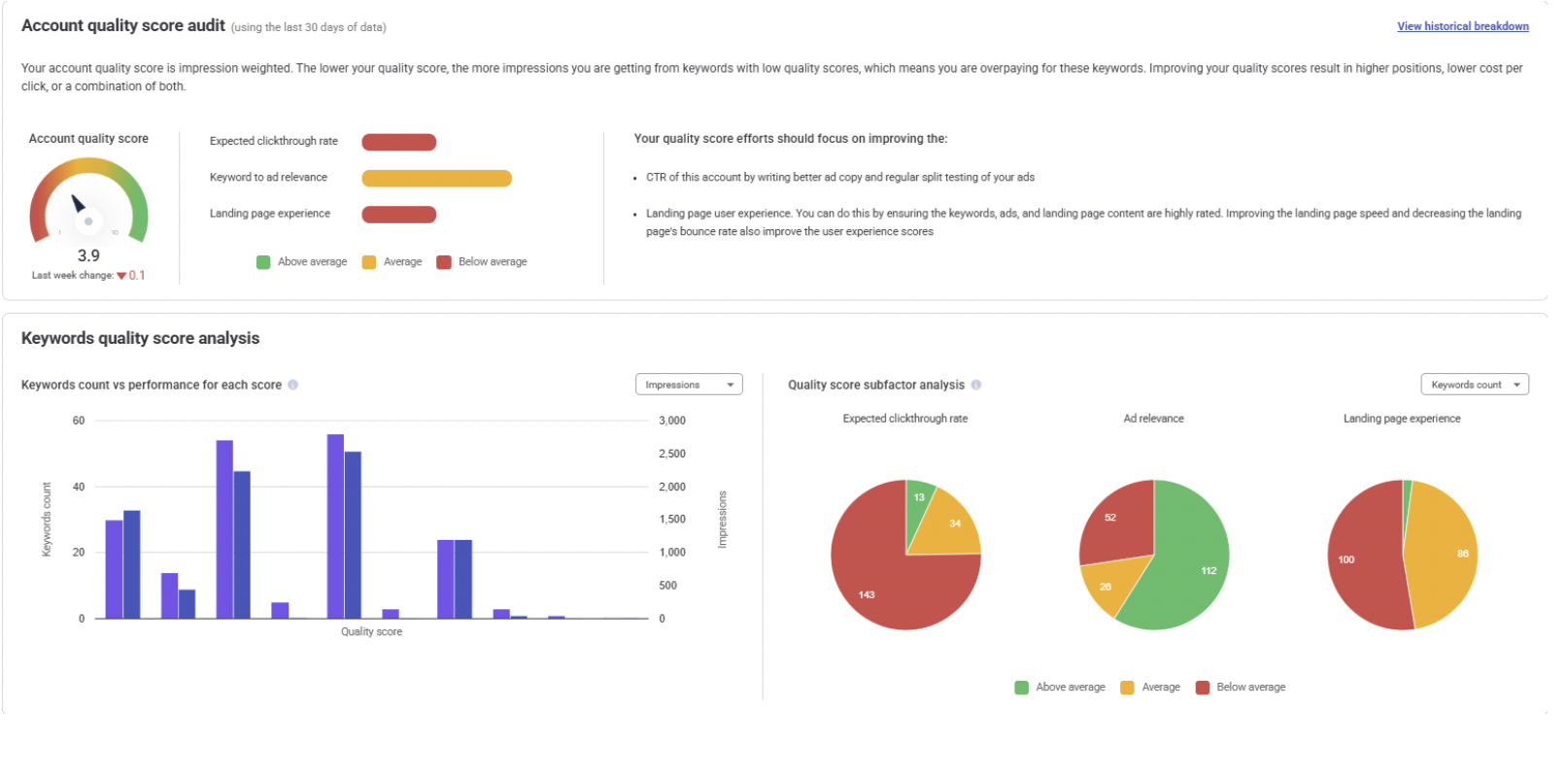
- Best for: Marketers focused on continuous improvement and testing.
- Key features: Auto A/B testing, Quality Score tracking, and alert systems for underperforming ads.
- Starting price: From $149 per month.
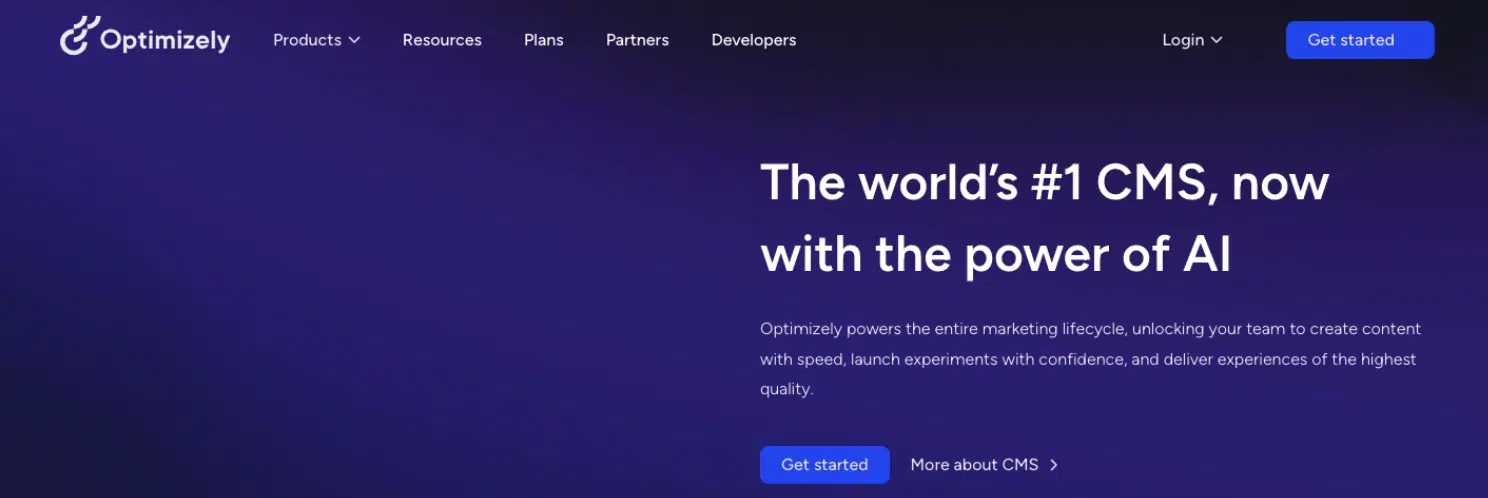
5. Best for Social & Creative Management → AdEspresso & Madgicx

- Best for: Social-first advertisers on Meta and Instagram.
- Key features: Multi-platform creative testing, audience segmentation, and easy bulk publishing.
- Starting price: From $49 per month.

6. Best for eCommerce Sellers → AiHello & AdScale

- Best for: Retailers running feed-based ads on Google and Amazon.
- Key features: Dynamic product feeds, cross-channel catalog sync, and inventory automation.
- Starting price: From $69 per month.
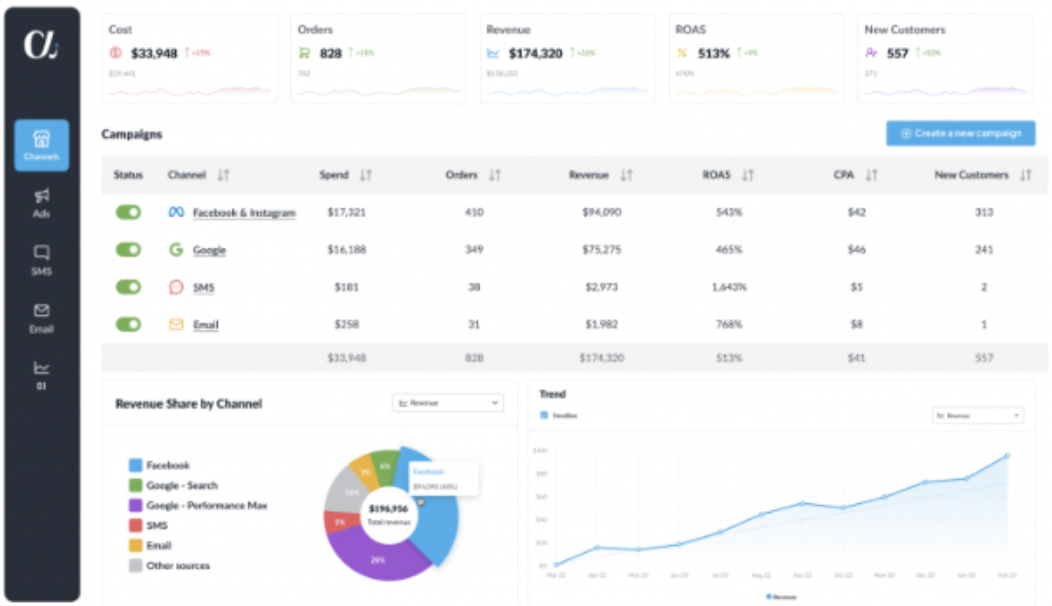
7. Best Click Fraud Prevention → CHEQ Essentials & ClickGuard
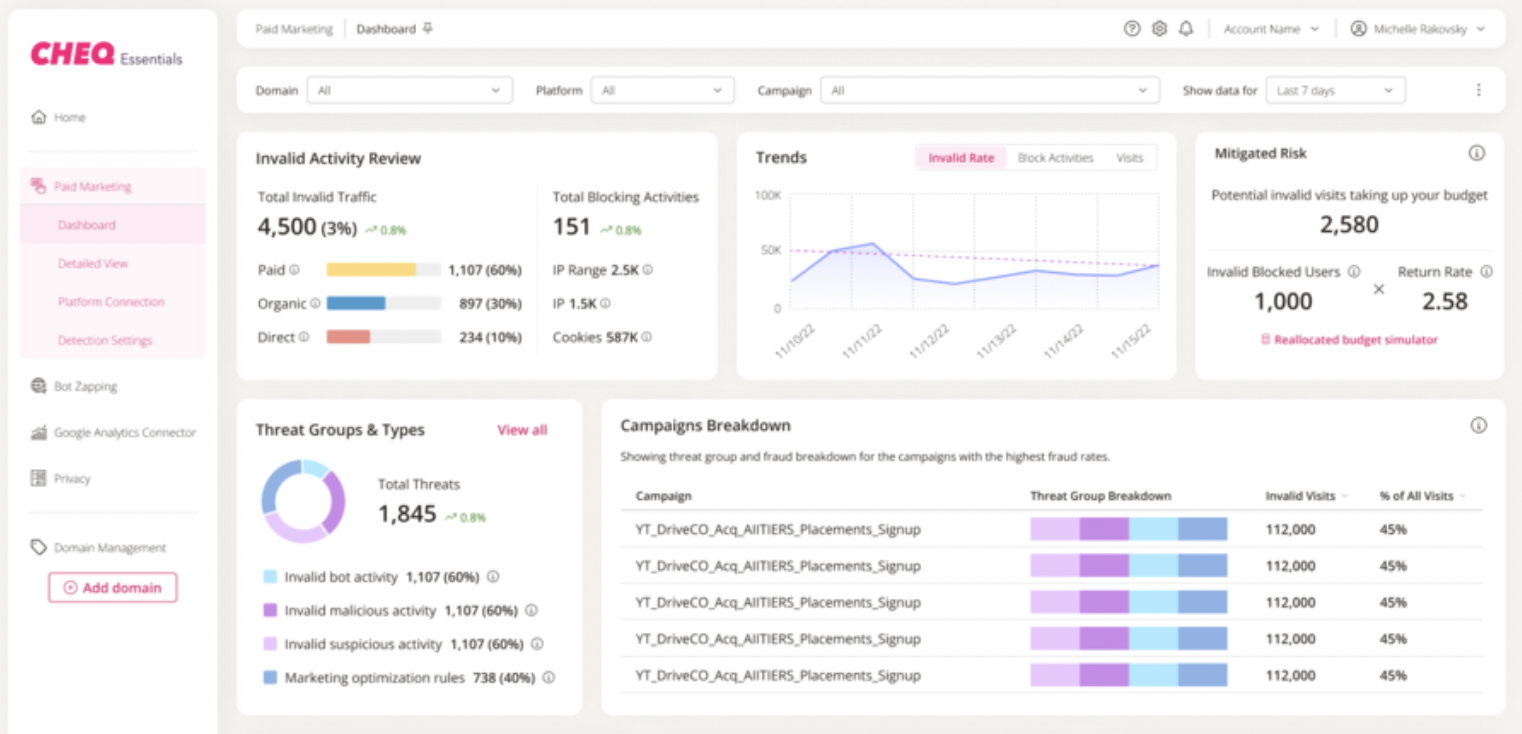
- Best for: High-spend advertisers protecting against fake traffic.
- Key features: Real-time fraud detection, IP blocking, budget protection analytics.
- Starting price: From $149 per month.
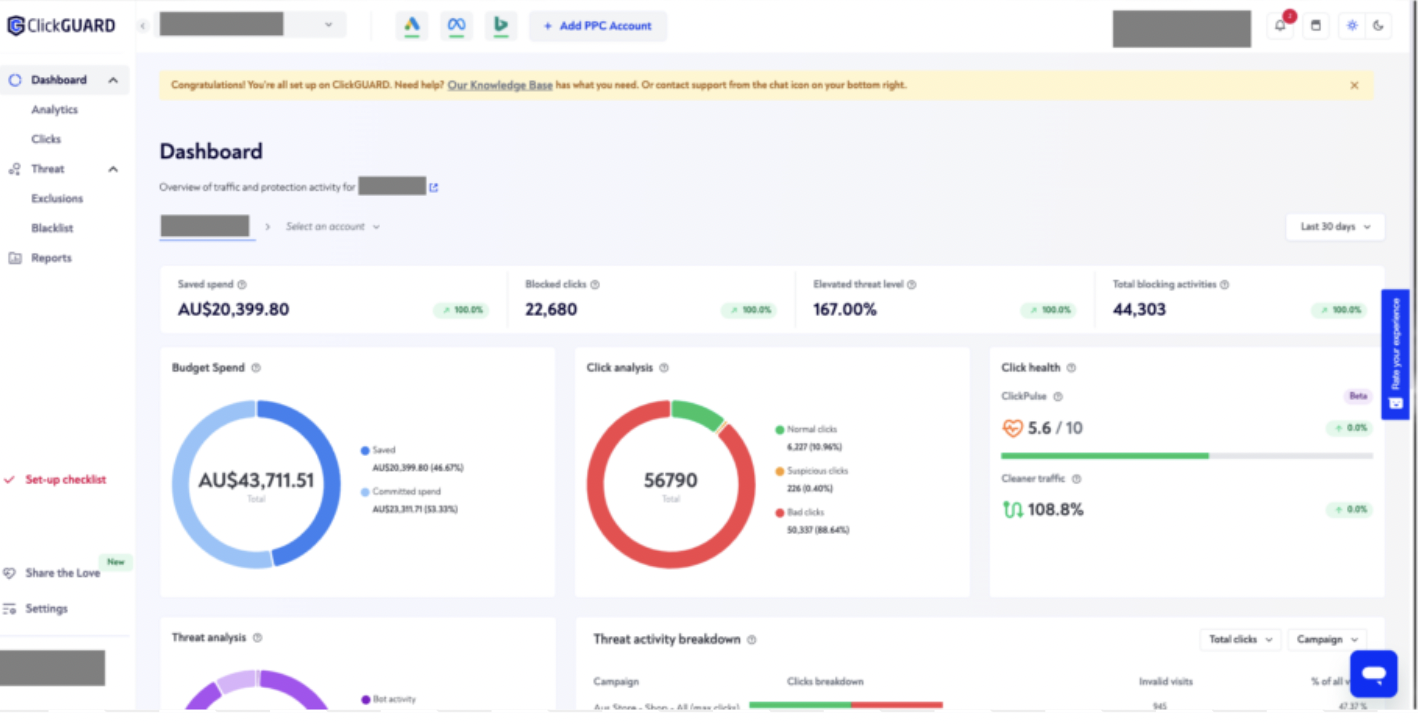
8. Best Automation Layer → Zapier
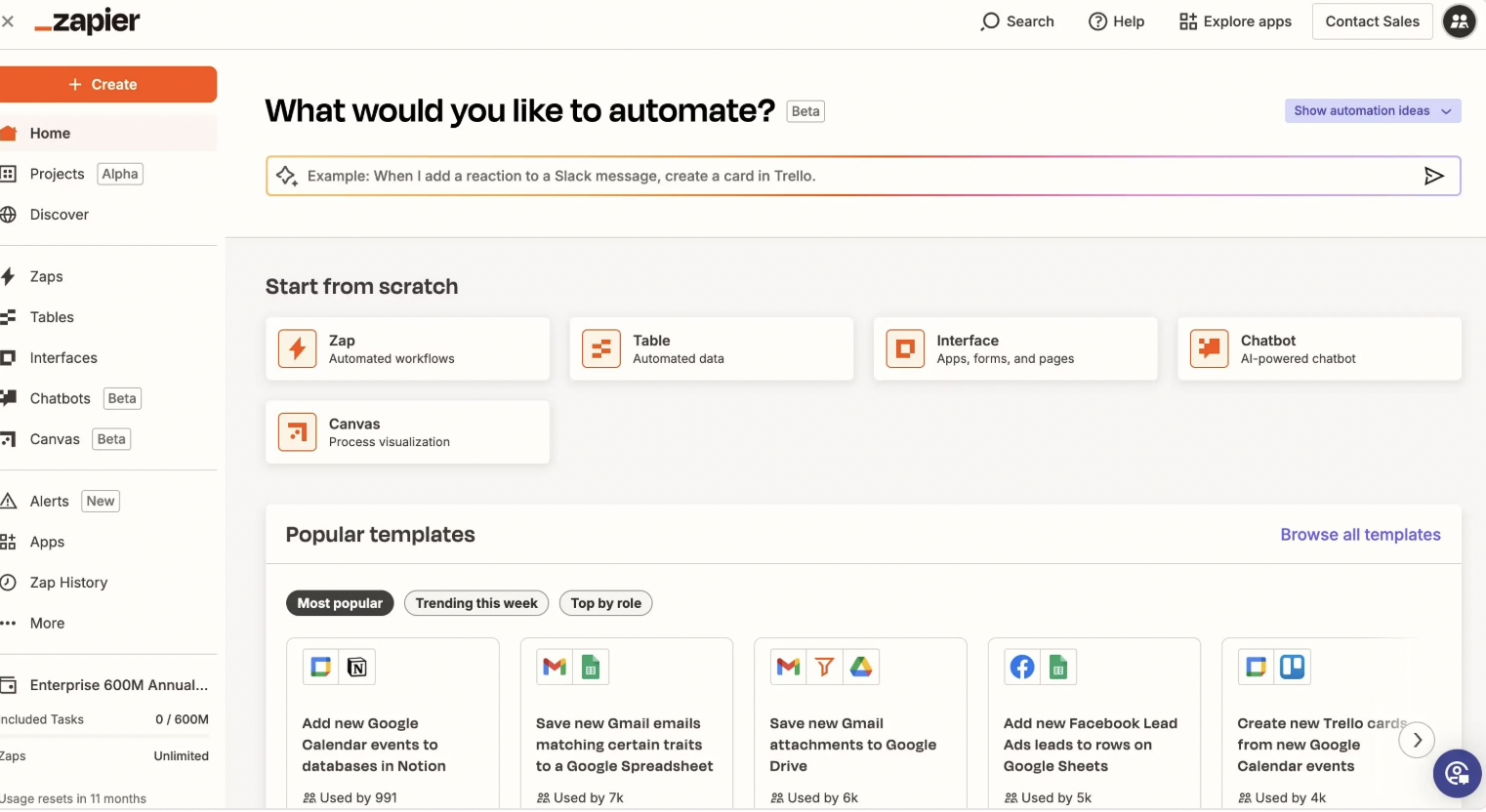
- Best for: Integrating different ppc tools into one workflow.
- Key features: Cross-app automation, AI workflows, data sync between analytics and CRM systems.
- Pricing: Free plan available; paid plans from $19.99 per month.
9. Best for Ad Copy & Idea Generation → ChatGPT
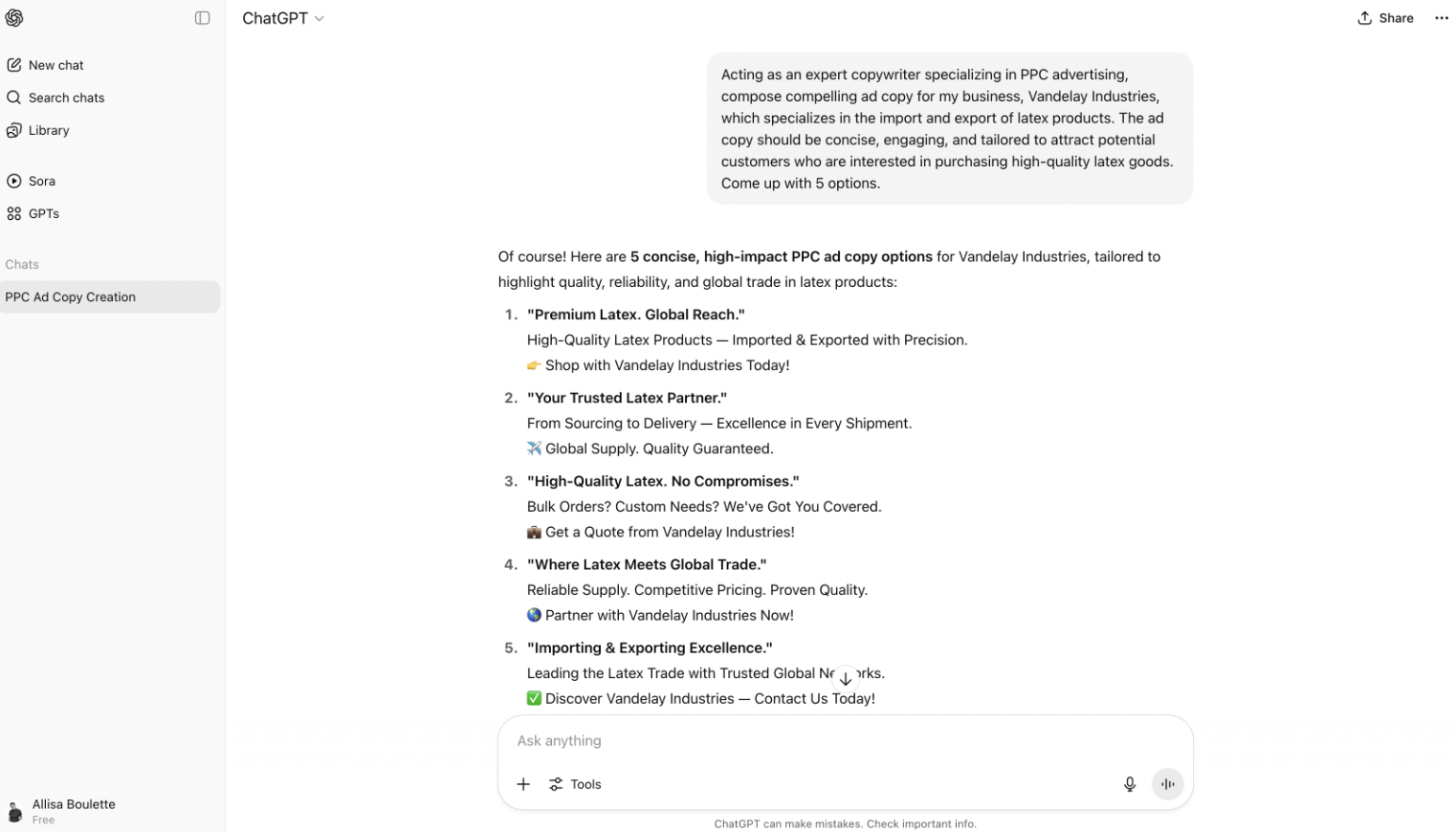
- Best for: Creative teams and marketers needing fresh concepts fast.
- Key features: AI-powered ad copy, persona-based prompting, A/B copy variations.
- Pricing: Free to $20 per month (Pro plan).
Each of these picks is built for a specific kind of marketer — from solo advertisers using Google Ads to global teams managing multi-million-dollar ppc campaigns. The trick is combining two or three tools that fit your workflow, so you get automation where it matters and full control where it counts.
Platform-Specific PPC Software
While many ppc management tools work across platforms, each major ad network has its own powerhouse ecosystem. If you’re running Google Ads campaigns, testing Bing Ads, or experimenting with TikTok, using each platform’s native tools alongside your broader stack helps fine-tune results.
Let’s look at the best software by platform.
1. Google Ads Ecosystem
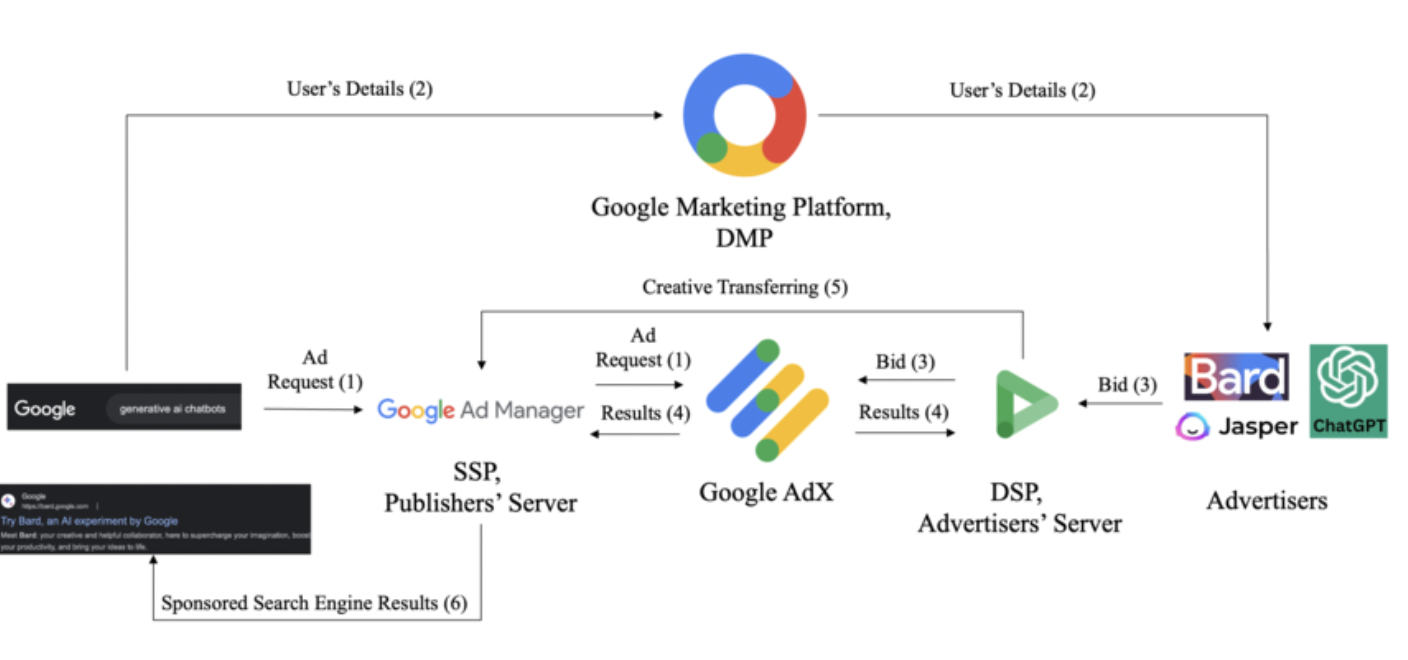
Still the gold standard for most advertisers, Google’s suite covers every step of campaign management — from setup to analysis.
- Google Ads Editor: Manage bulk changes offline and upload when ready. A must-have for anyone running multiple ppc campaigns.
- Google Keyword Planner: Research search volume, competition, and bid ranges to guide your keyword research.
- Google Merchant Center: Sync product feeds for shopping ads.
- Google Data Studio (Looker Studio): Turn campaign metrics into visual, shareable dashboards.
- Ads Transparency Center: Research competitor ad copy and messaging trends.
Why it matters: The Google ecosystem is still unmatched in integrations, from Google Analytics tracking to ppc reporting tools that plug directly into Looker Studio.
2. Microsoft Advertising (Bing Ads)

Often overlooked but still profitable, especially for B2B audiences.
- Microsoft Advertising Editor: Offline bulk campaign editing, similar to Google’s tool.
- Auction Insights: Understand competitor bids and performance gaps.
- Scripts for Microsoft Ads: Automate adjustments for bids, keywords, and time-of-day rules.
Why it matters: Microsoft advertising campaigns can be cheaper per click while reaching high-intent users across the Bing and Yahoo networks.
3. Meta Ads (Facebook & Instagram)
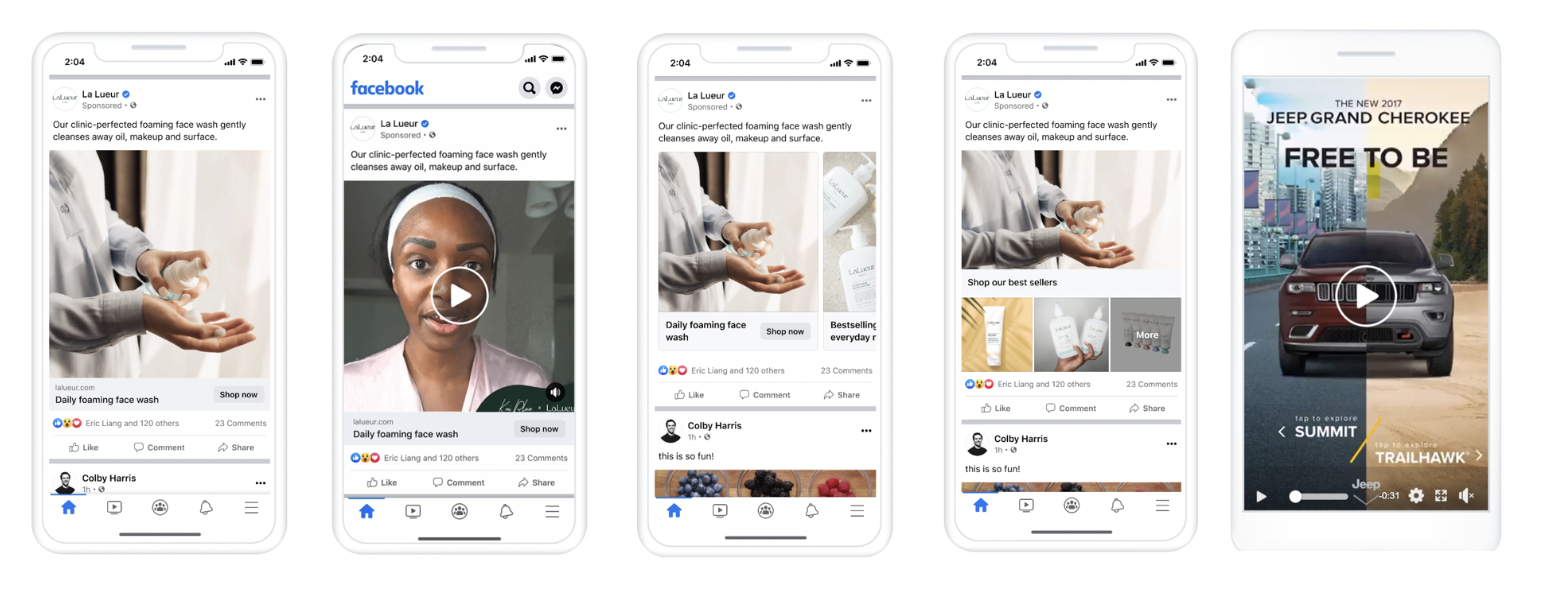
A top choice for social marketers focused on reach and retargeting.
- Meta Ad Library: Explore competitor creatives and ad spend trends.
- Meta Pixel Helper: Verify your pixel setup and event tracking for cleaner data.
- Meta Ads Manager: Your all-in-one dashboard for managing and testing paid campaigns.
Why it matters: Meta’s AI-driven targeting and creative testing tools help boost conversions, especially when integrated with external ppc optimization tools like AdEspresso or Madgicx.
4. Amazon Ads

Perfect for sellers focused on marketplace visibility and product sales.
- AiHello: Automates bidding and campaign optimization for amazon ppc ads.
- Helium 10: Deep keyword and competitor tracking for product listings.
- SellerApp: Combines keyword research and ad performance tracking in one dashboard.
- Ad Badger: Focused on automation, negative keyword control, and profit analytics.
- Intentwise: For scaling and analyzing multi-marketplace ad operations.
Why it matters: Amazon’s ecosystem rewards real-time bid changes and clean product feeds, making automation essential.
5. LinkedIn & TikTok Ads
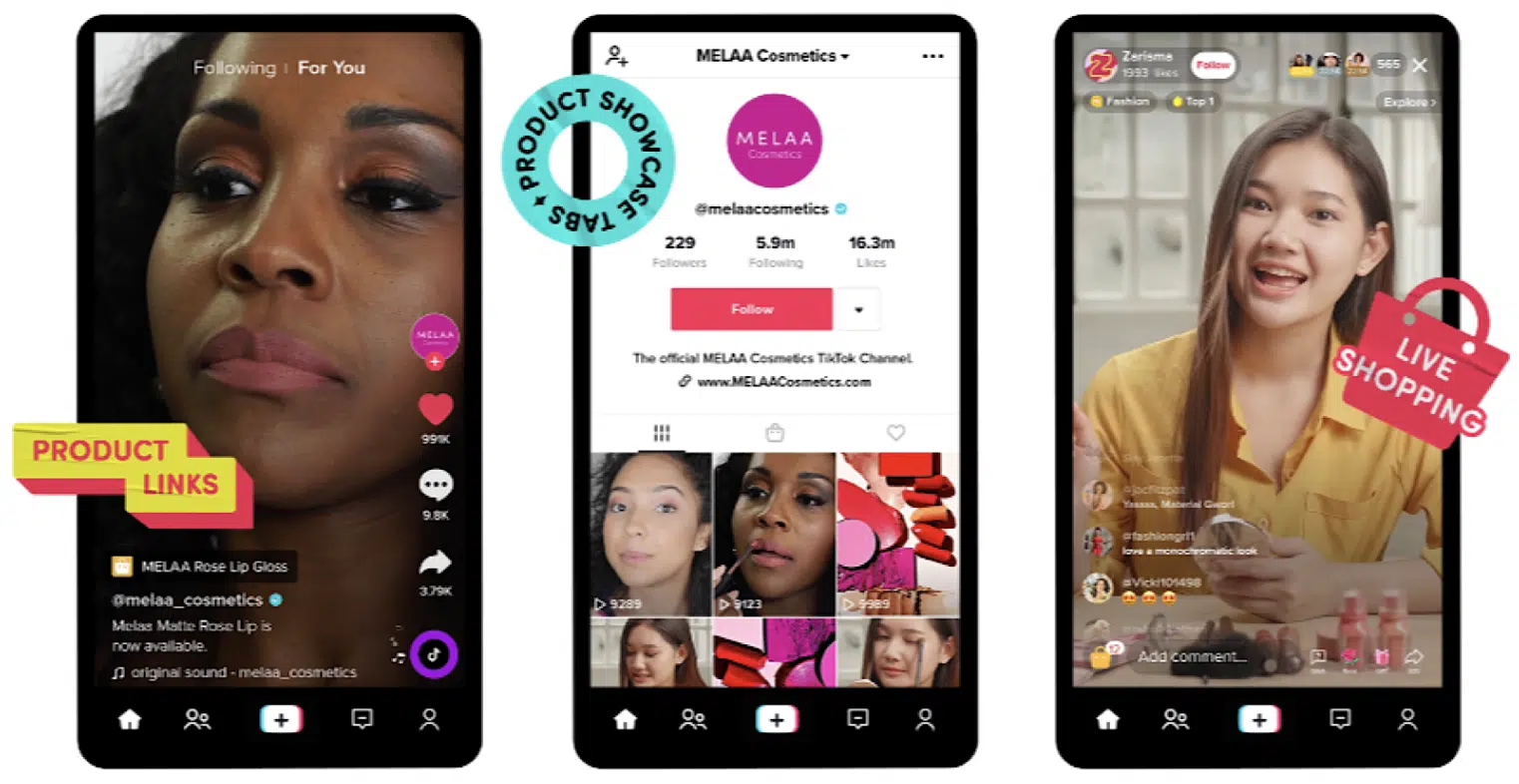
Emerging but rapidly growing channels for both B2B and creative-driven brands.
- LinkedIn Ad Library: See what top companies are running in your niche.
- TikTok Ad Library: Analyze viral ad trends, creative angles, and engagement benchmarks.
Why it matters: Combining ad performance insights from these networks with cross-platform analytics (like Google Analytics integration) gives you a more complete picture of ROI.
Pro tip: Each platform’s native software works best when paired with broader ppc management software — like Optmyzr, Swydo, or TrueClicks — to unify reporting and automate repetitive work.
PPC Tool Stacks by Use Case
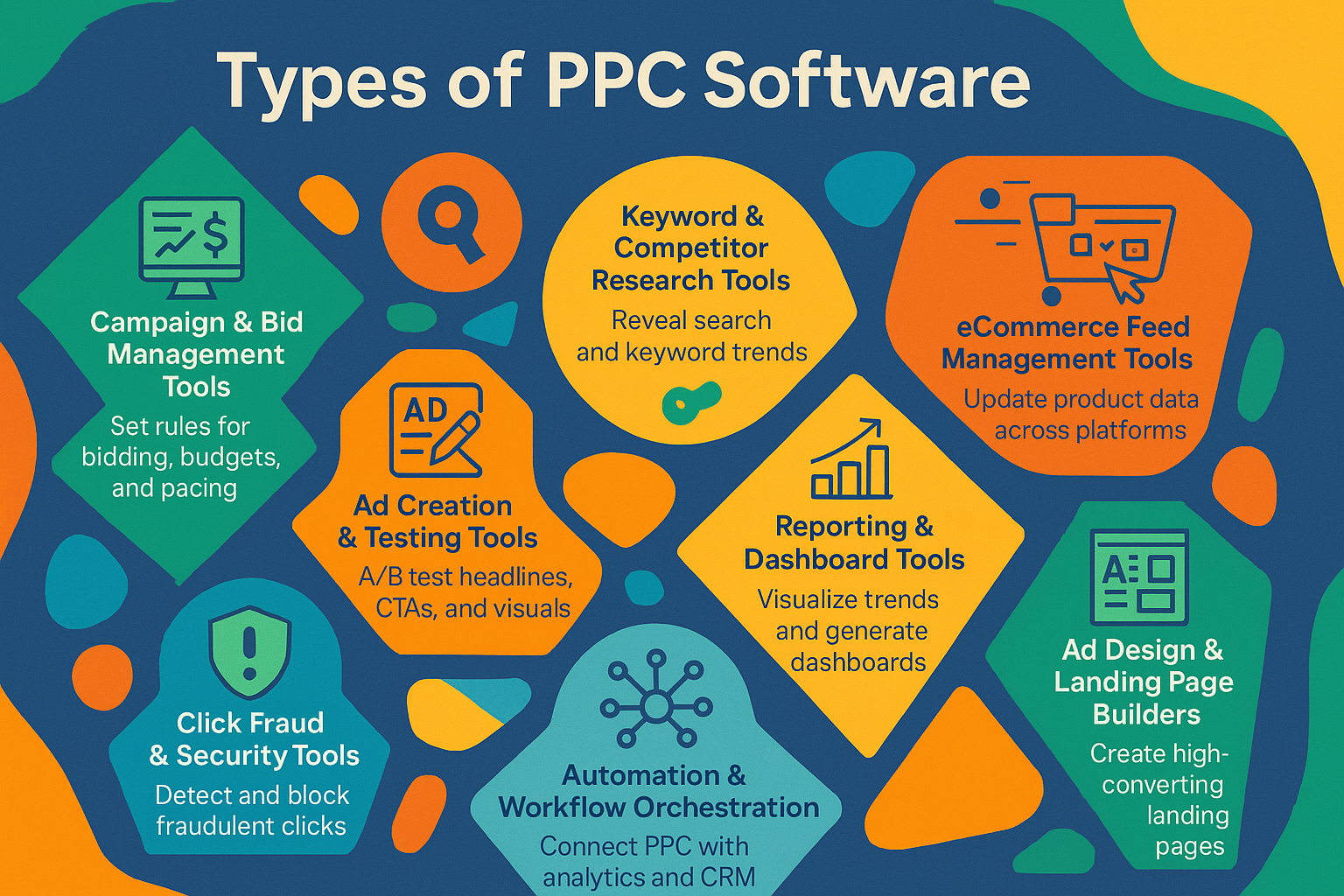
There’s no one-size-fits-all solution for PPC management. The right stack depends on your budget, ad volume, and workflow. Below are optimized tool combinations for different types of advertisers — each built to balance automation, insights, and control.
1. Solo Marketer / Small Budget (< $5K per month)
Best For: Freelancers, startups, and small businesses managing their own Google Ads or paid campaigns.
Recommended Stack:
- Google Ads Editor – Make quick, offline edits to campaigns.
- Google Keyword Planner – Discover keywords and estimate CPCs.
- Looker Studio (Google Data Studio) – Track results and visualize data for free.
Why It Works:
A lightweight setup with zero added costs. Perfect for learning, experimenting, and improving ad performance without complex tools.
2. Agency or Multi-Account Marketer
Best For: Marketing agencies and consultants handling several ppc campaigns at once.
Recommended Stack:
- Optmyzr – Automates bids, audits, and optimizations.
- Swydo – Creates automated white-label client reports.
- Zapier – Connects CRMs and reporting tools seamlessly.
- CHEQ Essentials – Protects your ad budget from fake clicks.
Why It Works:
This stack minimizes manual work, ensures accurate reporting, and maintains client trust by preventing click fraud.
3. eCommerce Retailer
Best For: Online stores running Google Ads or amazon ppc ads to promote product catalogs.
Recommended Stack:
- Channable – Automates product feed management.
- AiHello – Handles smart bidding for marketplaces.
- Semrush – Tracks competitors and keyword opportunities.
- ReportGarden – Builds clear dashboards for revenue tracking.
Why It Works:
Feeds stay updated, keywords stay competitive, and ad data stays centralized — ideal for scaling eCommerce performance.
4. B2B / SaaS Advertiser
Best For: Businesses focusing on high-value leads and long sales cycles.
Recommended Stack:
- Ruler Analytics – Tracks leads from click to CRM.
- SpyFu – Reveals competitor ad strategies and budgets.
- Adalysis – Automates A/B testing and ad improvement.
- Looker Studio – Combines Google Ads and CRM metrics in one dashboard.
Why It Works:
Designed for lead generation, not vanity metrics. Every tool supports attribution and data-backed ppc optimization decisions.
5. High-Spend Enterprise
Best For: Corporations managing large-scale, cross-platform ppc campaigns with big ad spend.
Recommended Stack:
- Skai (Kenshoo) – Advanced automation and forecasting.
- TrueClicks – Deep auditing and error detection.
- Optmyzr – Central rule-based optimization.
- CHEQ Essentials – Enterprise-grade fraud prevention.
- Zapier – Links campaign data with CRM and analytics workflows.
Why It Works:
Built for scalability. Every layer — from optimization to protection — runs on automation, ensuring consistent performance across thousands of ads.
Takeaway:
Instead of cramming everything into one platform, savvy marketers build custom stacks. The best PPC management software combines automation, reporting, and fraud protection, allowing you to spend less time troubleshooting and more time scaling.
How to Choose the Right PPC Software
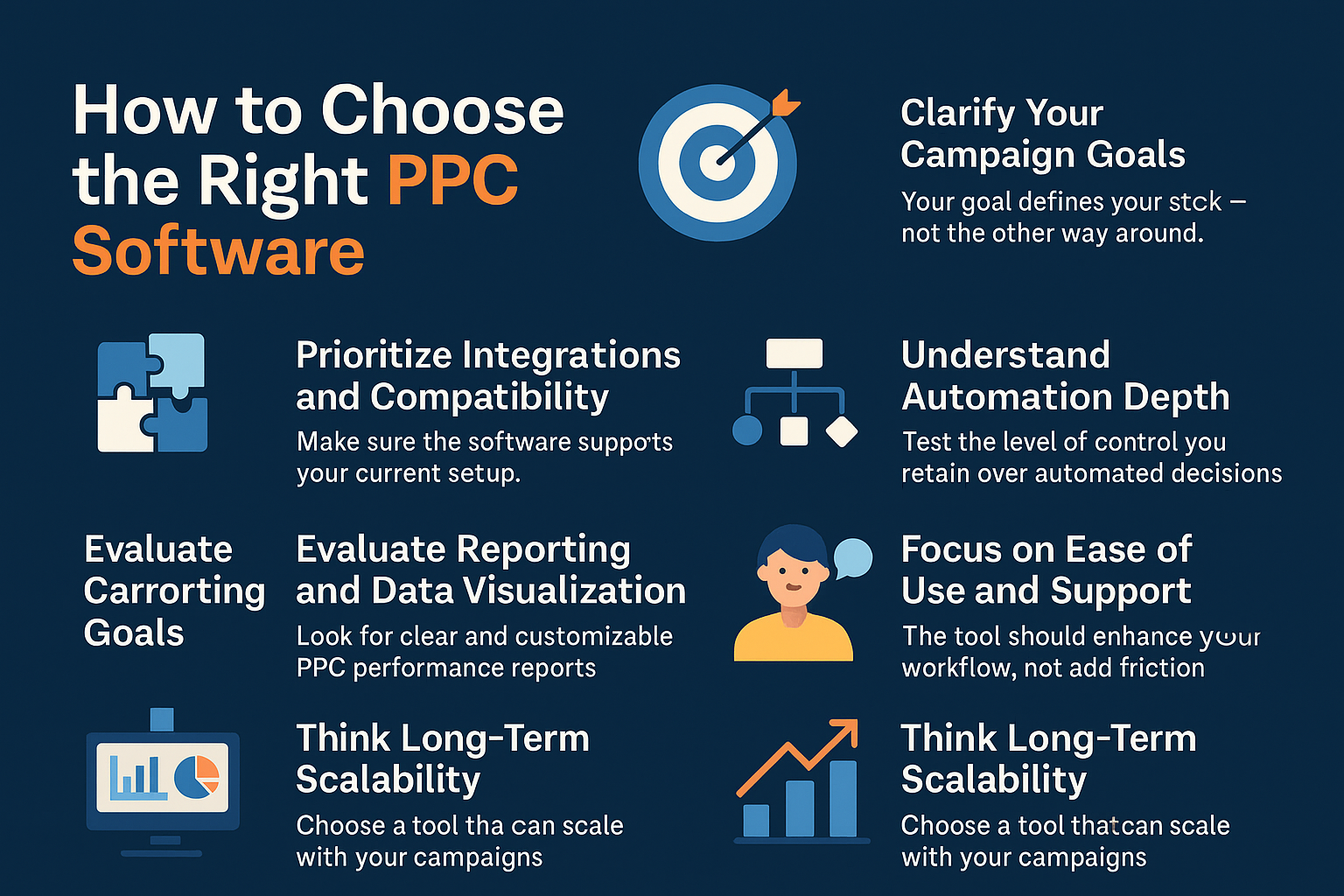
Selecting the right PPC management software is about finding balance — between automation and control, depth and simplicity, cost and scalability. Rather than chasing buzzwords or flashy AI promises, focus on how each tool fits your campaign goals, team size, and workflow.
Clarify Your Campaign Goals
Start with the problem you’re trying to solve. If your team struggles with time management, prioritize automation tools that handle bidding and reporting. If you’re missing conversion insights, look for software that integrates directly with Google Analytics or your CRM. For agencies, reporting tools that support white-label dashboards (like Swydo or ReportGarden) save hours each week.
Your goal defines your stack — not the other way around.
Prioritize Integrations and Compatibility
Even the most advanced ppc tools lose value if they don’t connect with your current setup. Ensure the software supports Google Ads, Microsoft Advertising, Meta Ads, and Google Sheets. Integrations with Zapier or CRM platforms like HubSpot can also automate data sharing and lead tracking, turning isolated reports into cohesive insights.
Understand Automation Depth
Automation isn’t one-size-fits-all. Some PPC management tools automate basic bidding and scheduling, while advanced platforms like Optmyzr and Skai utilize AI to optimize performance in real-time. Before committing, test how much control you retain over these automated decisions — ideally, you should guide the ppc strategy while the tool handles the execution.
Evaluate Reporting and Data Visualization
Effective reporting distinguishes good marketers from great ones. Look for PPC software that consolidates data across multiple ad platforms, offers flexible filtering, and presents key metrics such as CPC, CTR, and ROI in a clear, visual format. Tools that integrate with Google Analytics or Looker Studio provide deeper attribution models and performance snapshots in one place.
Focus on Ease of Use and Support
The most potent tool is useless if your team can’t master it. Assess user experience — does the interface feel intuitive? Are there tutorials, active online communities, or responsive customer support available? A good ppc management tool should enhance your workflow, not add friction.
Think Long-Term Scalability
Your needs today may not align with your growth six months from now. Choose software that scales with your campaigns — from small-budget ad testing to multi-account automation. Entry-level tools like Adzooma or Swydo are great starting points, while enterprise-grade solutions like TrueClicks and Skai can manage massive datasets across regions and brands.
Free vs. Paid Tools: What’s Worth It
Free tools such as Google Keyword Planner, Google Ads Editor, and Looker Studio are perfect for small teams starting out. Paid options bring serious efficiency — from AI-driven optimization to detailed ROI tracking. If you’re spending more time managing spreadsheets than strategy, that’s your cue to upgrade.
Bottom Line
The best PPC management software seamlessly integrates into your existing ecosystem. It enhances your ad performance, protects your ad budget, and helps you act faster on data. Choose tools that simplify your work, align with your strategy, and scale with your business — not ones that add noise to your process.
AI and Automation Trends in PPC (2025 and Beyond)
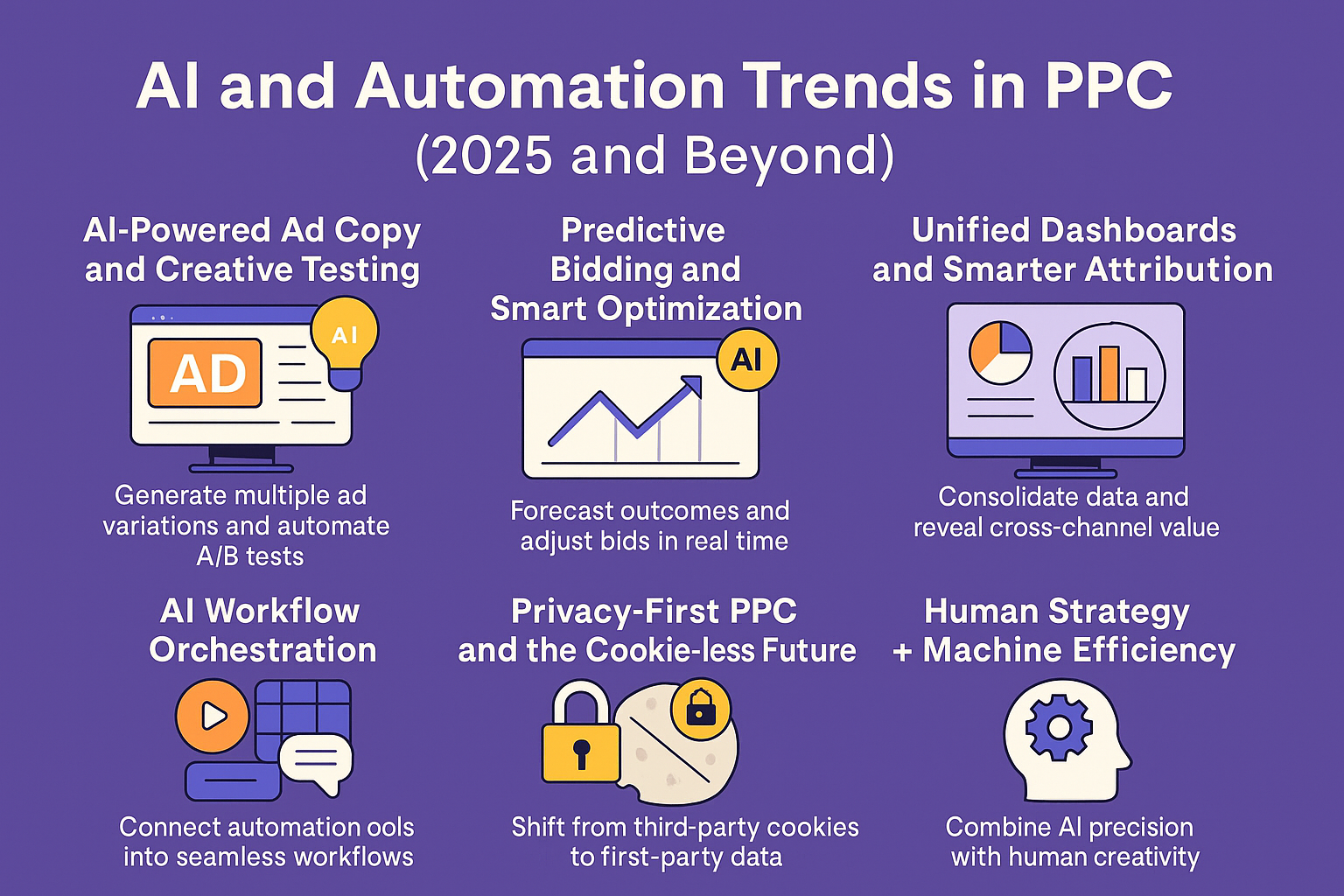
The PPC landscape has shifted dramatically with the rise of AI. What used to take hours of manual testing, bidding, and reporting can now be done in minutes through smart automation. But success in 2025 isn’t about replacing humans — it’s about combining automation with strategy, creativity, and data-driven insight.
Here’s what’s defining the next wave of ppc management software and strategy.
1. AI-Powered Ad Copy and Creative Testing
Generative AI tools are now part of everyday PPC workflows.
- Platforms like ChatGPT, Copy.ai, and Leonardo.ai help craft multiple ad variations in seconds.
- Tools such as Adalysis and Optimizely pair perfectly with AI by automating A/B testing and surfacing winning creatives.
- Marketers report faster cycles and stronger engagement when blending AI-generated headlines with human refinement.
💡 Takeaway: Use AI to create, but always review for tone, brand fit, and accuracy.
2. Predictive Bidding and Smart Optimization
AI isn’t just reactive anymore — it predicts outcomes.
- Optmyzr, Skai, and TrueClicks now use predictive analytics to forecast which ad groups and keywords will perform best.
- Bid adjustments are made in real time, helping advertisers stay ahead of market shifts.
- This “anticipate, don’t react” model ensures more efficient ad spend and higher ROI.
💡 Takeaway: The new rule of PPC — automation should think before you act.
3. Unified Dashboards and Smarter Attribution
Managing ppc campaigns across multiple ad platforms means data overload.
- Tools like Looker Studio, Ruler Analytics, and Databox now use AI to consolidate data into clear, unified dashboards.
- Multi-touch attribution models reveal how paid campaigns work together across channels — instead of crediting only the last click.
- Integrated google analytics insights make optimization decisions faster and more precise.
💡 Takeaway: Unified data = unified strategy.
4. AI Workflow Orchestration
Automation now goes beyond bidding — it connects everything.
- Zapier and Optmyzr’s Rule Engine allow marketers to automate full workflows.
- Example: When an ad’s CTR drops below a threshold, Zapier can pause it, log it in Google Sheets, and alert your team on Slack.
- These systems combine automation tools into one intelligent marketing ecosystem.
💡 Takeaway: Treat automation like a teammate — one that never sleeps.
5. Privacy-First PPC and the Cookie-less Future
As data privacy rules evolve, ppc management tools are adapting.
- First-party data and server-side tagging are replacing third-party cookies.
- Google Analytics 4 and Conversion APIs help maintain visibility while respecting user consent.
- Brands focusing on transparency and compliance are already seeing stronger long-term trust.
💡 Takeaway: Future-ready PPC isn’t just smart — it’s ethical.
6. Human Strategy + Machine Efficiency
The future isn’t “AI vs. marketer” — it’s partnership.
- Automation handles tedious optimization and data crunching.
- Humans still drive creativity, empathy, and strategic decisions.
- The best campaigns in 2025 combine machine precision with human storytelling.
💡 Final Thought: AI amplifies great marketers — it doesn’t replace them.
Expert & Community Insights
When it comes to choosing the right PPC management software, firsthand experience matters more than marketing claims. Drawing from discussions among marketers, agency leaders, and experts such as Neil Patel, Zapier, and WiserBrand, here are the most valuable takeaways from the field.
Insights from the PPC Community
Marketers on Reddit and professional PPC forums consistently stress the importance of pairing automation with human oversight.
- Swydo and ReportGarden stand out for their reliable, client-ready reporting automation.
- Optmyzr is praised for its advanced rules and AI-assisted optimization that give users flexibility and control.
- Adalysis is noted for identifying underperforming ads automatically and simplifying testing.
- Across the board, professionals caution against letting automation run unsupervised—strategy must remain in human hands.
Community takeaway: The ideal PPC setup relies on automation for efficiency, guided by human insight for precision.
Agency Experience: Managing Multiple Accounts
Agencies handling large volumes of campaigns face scaling challenges around reporting, fraud prevention, and workflow consistency.
- Looker Studio and AgencyAnalytics are widely used to unify performance data across multiple clients.
- CHEQ Essentials is considered essential by high-spend teams to reduce wasted ad spend from click fraud.
- Many teams rely on Zapier and Google Ads Scripts to automate lead transfers, notifications, and weekly reports—saving as much as 40 percent of manual effort.
Agency insight: Scalable PPC management is less about adding staff and more about designing efficient, repeatable systems.
Expert Opinions from Industry Leaders
- Neil Patel emphasizes that no automation can compensate for weak targeting or poor creative: “PPC tools amplify what’s already working.”
- Zapier’s experts predict wider adoption of “AI-powered workflows” where campaign actions trigger automatically across multiple tools.
- WiserBrand analysts recommend standardizing attribution models across platforms to ensure consistent measurement and data integrity.
Expert consensus: Automation enhances results only when it supports a clear, well-tested marketing framework.
Frequent Mistakes Highlighted by Practitioners
- Automating campaigns before enough data has been collected to train algorithms.
- Ignoring cross-channel attribution, leading to misleading ROI data.
- Relying exclusively on native platform metrics without independent verification.
- Failing to monitor fraud and budget pacing once automation is live.
Key lesson: Automation multiplies both accuracy and errors—continuous monitoring is what makes the difference.
Common Mistakes to Avoid with PPC Tools
Even with the best PPC management software, many advertisers run into the same avoidable issues. Below is a concise guide outlining common pitfalls and how to correct them before they affect campaign performance.
| Mistake | Impact on Campaigns | How to Fix It |
| Automating Too Early | Launching automation before campaigns collect enough data can cause poor bid adjustments and inaccurate targeting. | Allow at least two to four weeks of data collection before activating smart bidding or rule-based automation. Use manual oversight during the learning phase. |
| Ignoring Cross-Channel Attribution | Overvaluing one ad platform skews ROI measurement and can lead to poor budget distribution. | Use tools like Ruler Analytics or Looker Studio to track conversions across Google Ads, Meta, and other ad platforms. Adopt a consistent attribution model. |
| Over-Reliance on Native Platform Data | Relying only on Google or Meta dashboards may hide inconsistencies in conversion tracking. | Cross-check metrics with independent ppc reporting tools such as Swydo or Databox. Validate conversions through Google Analytics. |
| Neglecting Fraud and Invalid Clicks | Fake clicks drain ad spend and lower ROI without improving lead quality. | Implement fraud prevention tools like CHEQ Essentials or ClickGuard to detect and block suspicious activity automatically. |
| Skipping Regular Tool Audits | Outdated integrations or inactive scripts can cause performance issues or data loss. | Review automation settings, scripts, and integrations monthly. Ensure all ppc management tools are syncing correctly. |
| Ignoring Budget Pacing | Overspending early in the month leaves no budget for high-performing campaigns later. | Use pacing tools in Optmyzr or Skai to monitor and adjust spend allocation daily. |
| Not Testing Tool Recommendations | Blindly applying automated suggestions can reduce relevance and hurt Quality Scores. | Review AI or algorithmic recommendations manually before implementation. Test changes with small segments first. |
| Using Too Many Overlapping Tools | Redundant features create confusion and data discrepancies between platforms. | Consolidate into one unified ppc management software stack that covers reporting, automation, and optimization efficiently. |
Frequently Asked Questions
Do I still need PPC software if I already use Google, Microsoft, and Meta tools?
What features matter most in 2025 when choosing PPC software?
How do I roll out a new PPC tool without risking performance?
How should I handle attribution and privacy with GA4 and cookie changes?
What’s the simplest way to prove PPC software ROI?
Conclusion
The right PPC management software gives you the precision to optimize campaign performance across every channel. From more innovative bid management and automated reporting to improved ad copy testing and data tracking, these tools help you move beyond guesswork and make every click count.
Whether you’re analyzing historical PPC data, refining ppc competitor research, or building better ppc landing pages, the goal remains the same — efficient campaigns that deliver measurable ROI. Modern platforms like Optmyzr, Semrush, and formerly Google Data Studio bring it all together, allowing marketers to focus on strategy rather than spreadsheets.
The future of PPC belongs to those who combine automation with insight. Choose tools that simplify work, support growth, and help your business stay ahead in the evolving world of amazon ppc ads and paid search.



